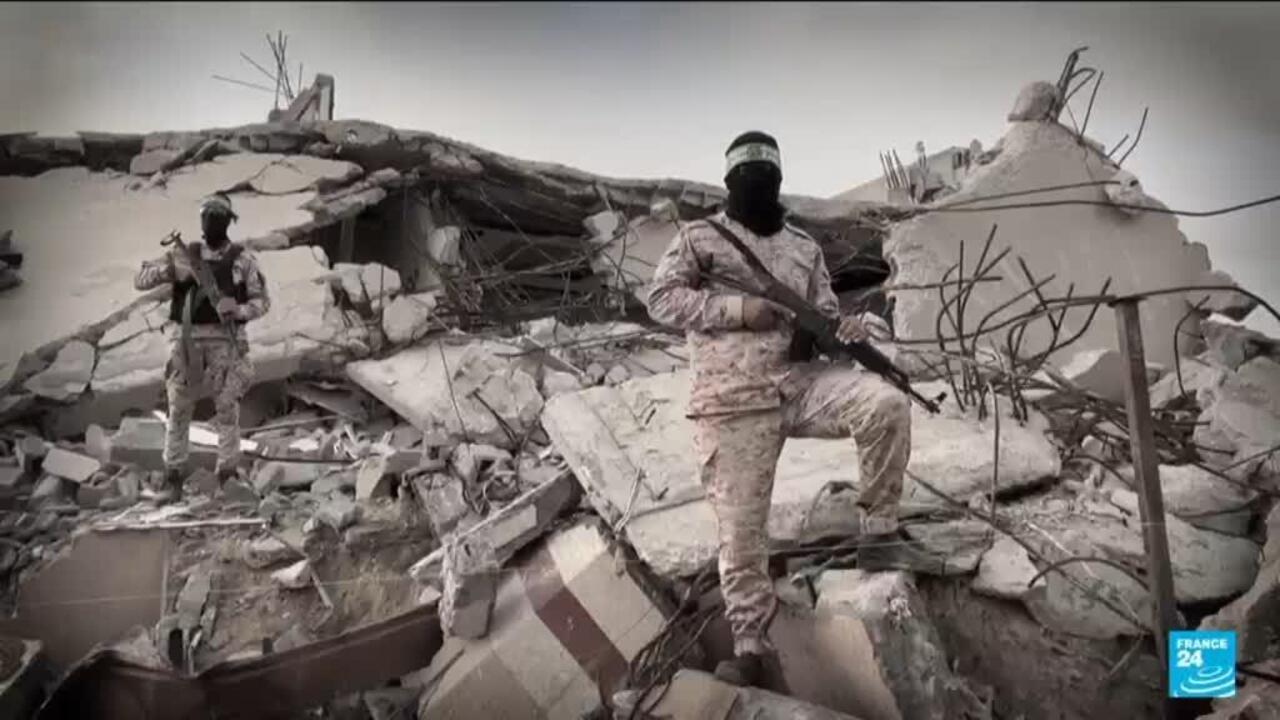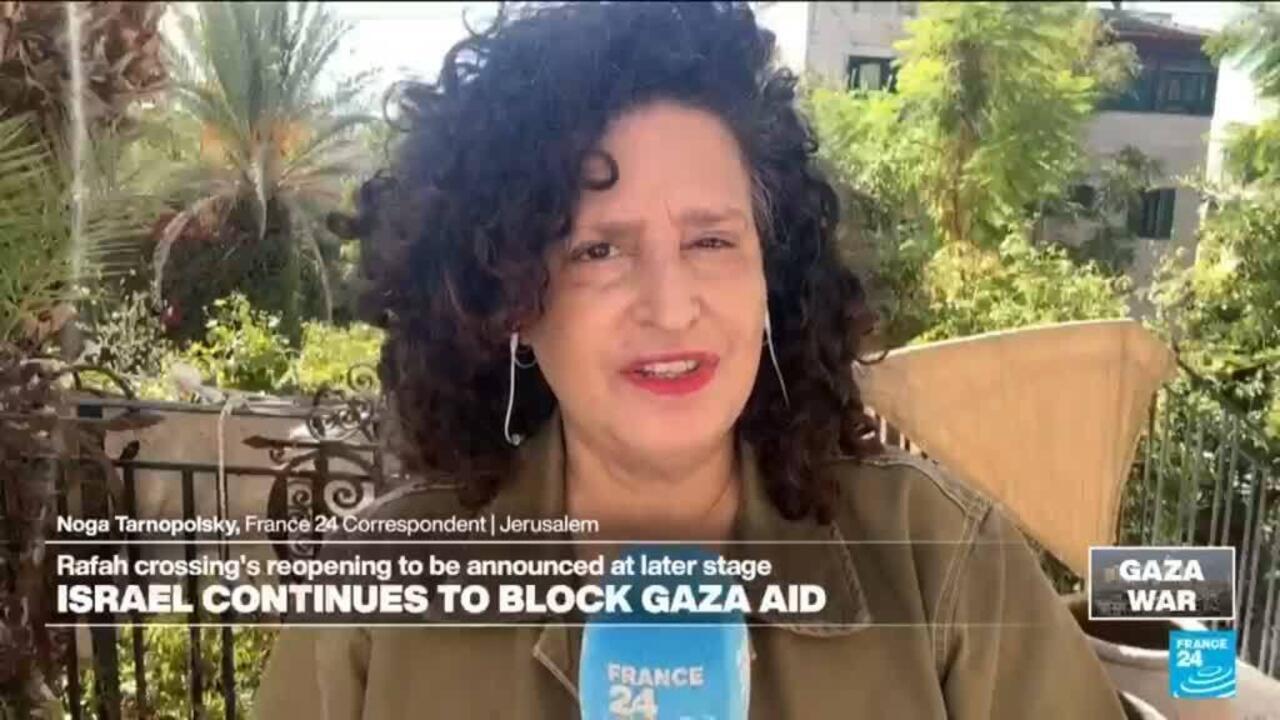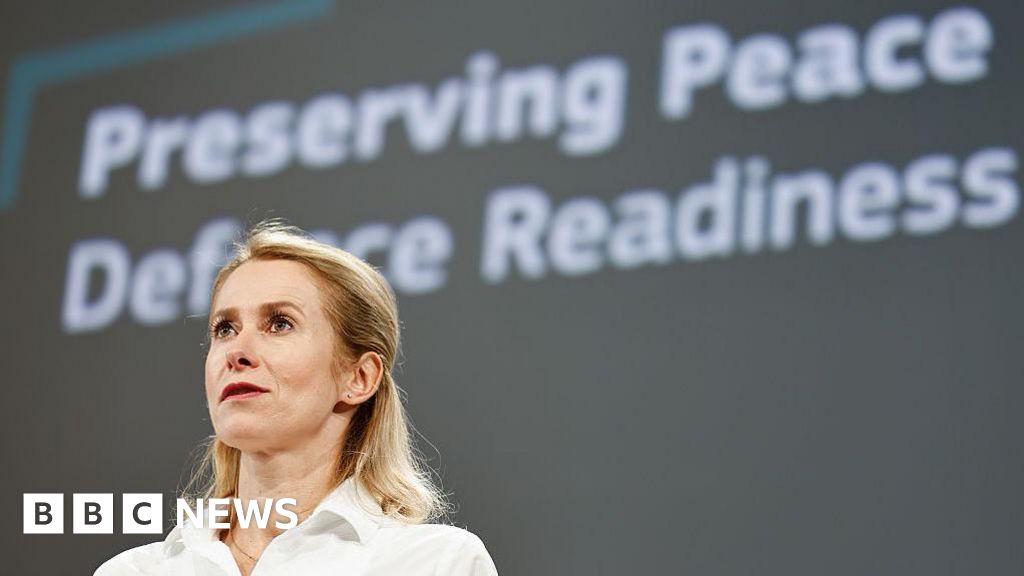Hamas has been out in force since the beginning of the ceasefire agreed with Israel last week. Since the truce took hold last Friday, the devastated Palestinian territory has been swept by bitter fighting between the militant group’s security forces and suspected members of the enclave’s sprawling network of armed clans and criminal gangs.
Dozens of people were reportedly killed in armed confrontations over the weekend between Hamas’s Qassam Brigades and security forces and gunmen believed to be connected to the influential Doghmush clan. The gang, which has been accused of looting emptied homes and convoys of humanitarian aid entering the famine-struck territory, reportedly robbed and killed at least one Hamas militant on Friday, triggering violent reprisals.
Hamas, which has governed the besieged enclave since driving out its Fatah rivals in 2007 – first by the ballot, then by the bullet – has been quick to portray these clashes as part of a much-needed push to restore order to the ransacked territory.
As the ceasefire began and Israeli forces withdrew behind the so-called yellow line that now cuts the shattered territory in half, Hamas issued a mobilisation order calling on 7,000 members of its security forces to “cleanse” Gaza of outlaws and collaborators.
Tension grows in Gaza as Hamas works to tighten grip on enclave
To display this content from YouTube, you must enable advertisement tracking and audience measurement.
One of your browser extensions seems to be blocking the video player from loading. To watch this content, you may need to disable it on this site.

01:58
Gaza's interior ministry on Sunday announced the start of a "general amnesty period" for "members of criminal gangs" who had not committed murder during the Israeli offensive.
For those accused of collaborating with Israel’s two-year onslaught, which has killed at least 67,000 Palestinians and potentially left thousands more buried under the ruins, the sentence has been more severe.
The group this week published a video on its official channel of eight men, kneeling and blindfolded, being summarily shot in the street as “outlaws and collaborators”. The footage, which is believed to have been filmed Monday, shows a crowd of onlookers cheering on the executions.
Talha İsmail Duman, assistant professor at Sakarya University’s Middle East Institute, said that Hamas was sending a clear message to onlookers both within and without the Palestinian territory.
“Hamas’s renewed role as the de facto security provider demonstrates that its presence in Gaza remains remarkably strong,” he said. “Beyond reinforcing its popularity among supporters, this also strengthens, even among its critics, the perception that Hamas – with nearly two decades of administrative experience – remains the most organised actor capable of maintaining order in Gaza. This reality is likely to shape future discussions on Gaza’s post-war governance.”
Gaza’s Israel-backed militants
With much of Gaza’s infrastructure deliberately demolished – including houses, schools, hospitals and farmland – during Israel’s two-year military offensive, armed gangs quickly took root across much of the territory. Members of Gaza’s Hamas-run police force have routinely been killed on sight by Israel.
Israeli Prime Minister Benjamin Netanyahu has openly admitted that Israel has armed and supported a number of Palestinian anti-Hamas militants – some of whom have been accused by the UN and humanitarian organisations of systematically stealing and selling off food and other urgently needed supplies trickling into Gaza.
Yasser Abu Shabab, a convicted criminal who was released from a Hamas-run prison in Gaza under unclear circumstances in the days following the Hamas-led October 7 attacks, has become the most visible face of one of these armed groups. Operating in and around Israeli-controlled Rafah border crossing, his Popular Forces militia of hundreds of men armed by Israel has been accused by the UN of the widespread looting of humanitarian aid – looting that a UN memo alleged has taken place under Israeli protection.
Fawaz Gerges, professor of international relations at the London School of Economics, said that many people living in Gaza have expressed approval for Hamas’s crackdown.
“Many people in Gaza want stability, they want security, they want to begin the process of healing and recovery – security is the most fundamental goal,” he said. “And what Hamas is trying to do is show people in Gaza that it has the capacity to provide residents with security and stability, to prevent thugs and looters and other clans from disrupting law and order in the Strip.”
Gaza ceasefire deal threatened over dispute on dead hostages' return
To display this content from YouTube, you must enable advertisement tracking and audience measurement.
One of your browser extensions seems to be blocking the video player from loading. To watch this content, you may need to disable it on this site.

03:05
Gerges said the fact that Hamas was quickly able to put thousands of armed men back on the streets as Israeli troops withdrew showed that the group was still a force to be reckoned with.
“Regardless of how we view Hamas’s actions from the outside, its actions show that – despite all the losses that it has suffered in the two years or so, despite the hammering by the Israeli military machine – Hamas continues to have a sizeable manpower who could easily mobilise and dominate the scene,” he said.
“And it shows that there is no other armed group in Gaza that could challenge Hamas’s hegemony and control.”
More surprising than Hamas’s wave of reprisals, perhaps, has been the tacit approval from US President Donald Trump, whose 20-point peace proposal upon which this latest ceasefire has been built demands the militant group’s complete disarmament.
Speaking to reporters on board Air Force One on Monday, Trump suggested Hamas’s show of force was needed to make sure Gaza’s 2-million-strong population was able to return to what was left of their homes safely.
Hamas “do want to stop the problems, and they've been open about it, and we gave them approval for a period of time", he said.
Speaking to reporters the next day, the US president said we wouldn’t be shedding any tears over the summary public execution of what he alleged were “a couple of gangs that were very bad”, saying: “That didn't bother me much, to be honest with you.”
He later reiterated that Hamas needed to lay down its arms.
"If they don't disarm, we will disarm them," he said. "And it will happen quickly and perhaps violently."
The group’s disarmament is likely to be one of the main stumbling blocks in the next phase of the peace deal. The proposal would see Hamas playing no role in the future governance of the Gaza Strip – instead, a transitional “Board of Peace” would be chaired by Trump and would likely include a handful of wealthy businessmen and other international figures including former UK premier Tony Blair.
Read more‘No suggestion of democracy’ in US plan for future governance of the Gaza Strip
“The fact that President Trump says that the United States has given a kind of approval or consent to Hamas’s onslaught against rivals and looters and thugs, and collaborators with Israel, shows a great deal of contradiction in US foreign policy,” Gerges said.
“On the one hand, the Trump administration wants Hamas out – it wants to disarm Hamas, it wants to prevent Hamas from playing any political role, or any governance role. On the other hand, the underlying premise behind President Trump’s statement is that Hamas is the only game in town – that Hamas is the only armed group that could restore law and order.”
Hamas has repeatedly said that it will only surrender its weapons to a future Palestinian state, arguing that unilaterally disarming would leave it defenceless against Israel’s military.
Duman suggested that the militant group’s unwillingness to lay down its arms should be understood less as ideological rigidity than as “a rational political calculation”.
“Today, Hamas still signals readiness to hand over governance, but under clear conditions – that authority be transferred to Palestinians themselves, and that no future administration seeks to dismantle its armed or social structures,” he said.
“Its efforts to secure the release of Marwan Barghouti, a prominent Fatah leader widely expected to win a future presidential election, also align with this strategy. Hamas views Barghouti as a figure who supports a two-state solution while upholding the principle of resistance – a balance that could produce a leadership less hostile to Hamas.
“Under such a scenario, Hamas would likely retain its weapons but transition into a primarily social and political movement,” Duman added.
Gerges said that while Israel’s brutal retaliation for the October 7 attacks had cost the militant group a great deal of its popular support, Hamas’s resilience after two years of bombardment showed that the group still has deep roots in the besieged Gaza Strip.
“How do you replace a dominant social movement like Hamas in the Strip without an inclusive Palestinian-led political process? Hamas is a social movement, a movement that has been around since the 1980s. You cannot just eliminate Hamas overnight,” he said.
“The idea of getting rid of Hamas is wishful thinking,” he continued. “Hamas is not an alien creature, it has not fallen from the sky – it’s an integral part of the social fabric. As long as there is Israeli military occupation, there will be Hamas – there will be Hamas in Gaza and the West Bank and East Jerusalem and beyond. Because the identity of Hamas is armed struggle against Israeli military occupation.”











 English (US) ·
English (US) ·